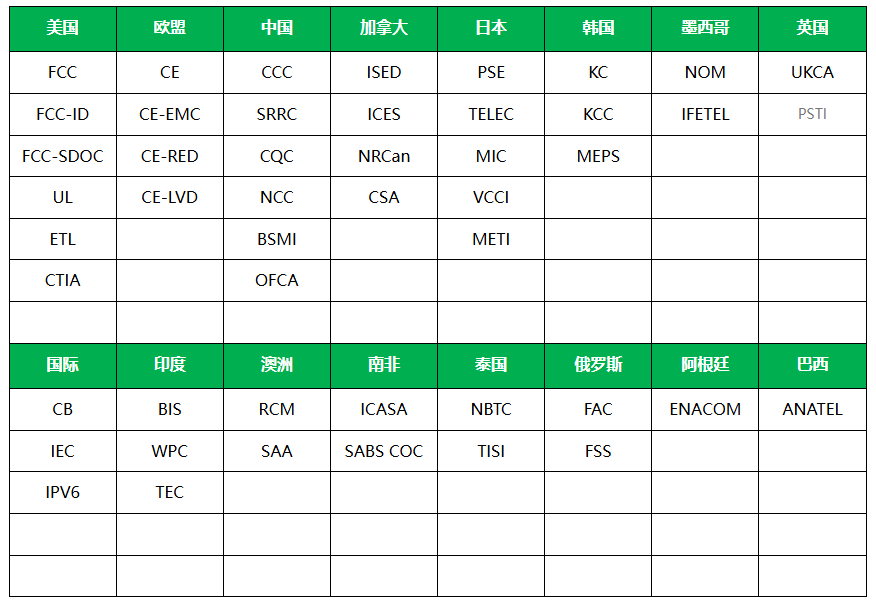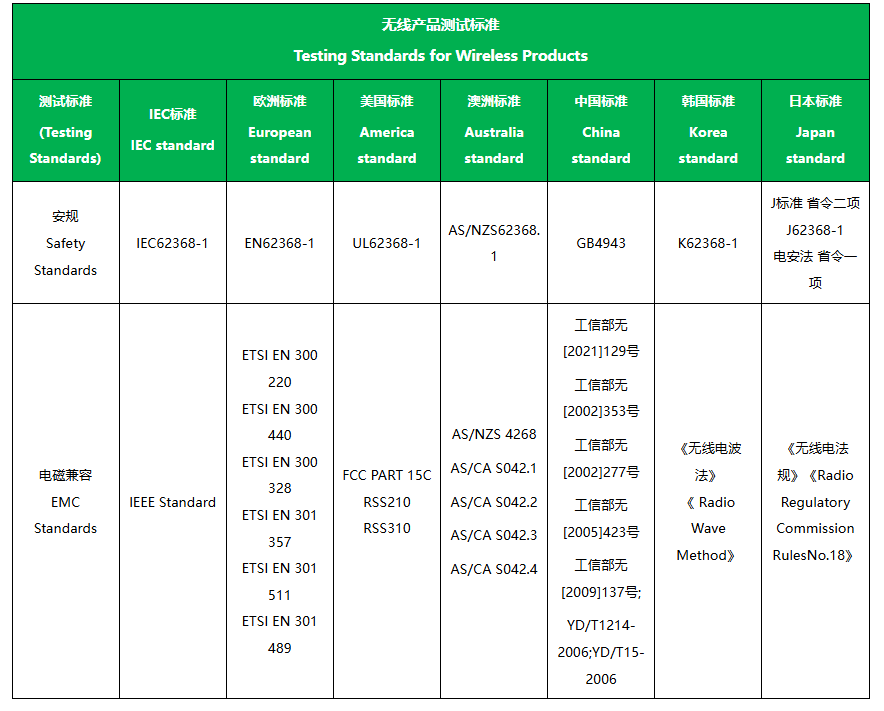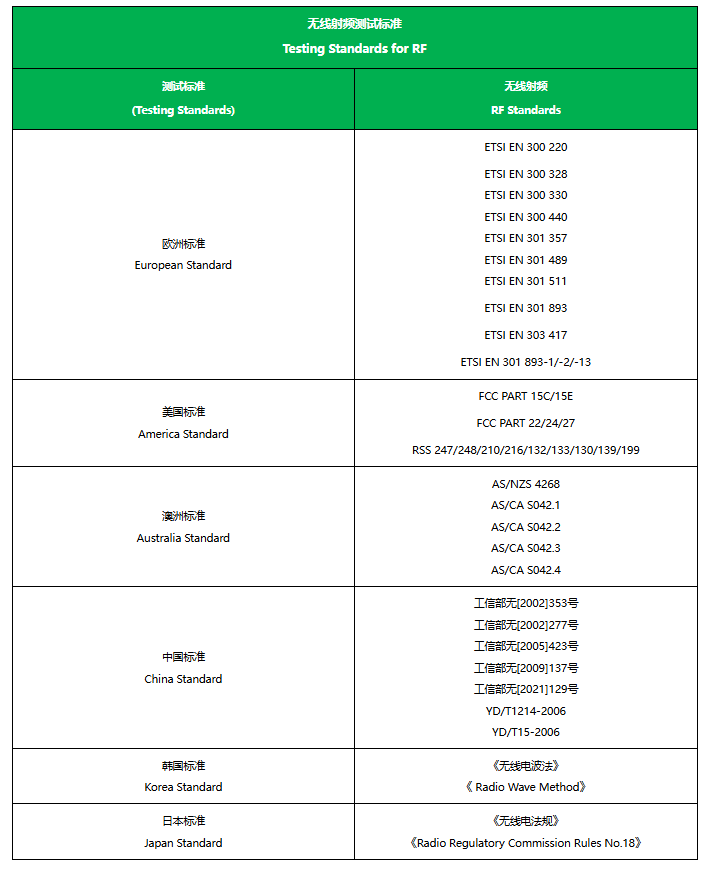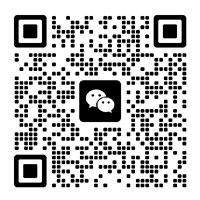Router product certification testing
Details
I. Introduction to Router Certification Products
Wireless routers have undergone multiple upgrades since the 802.11 standard was introduced in 1997. 802.11b, g and n were introduced in 1999, 2003 and 2009 respectively, gradually increasing the transmission rate. 802.11ac (Wi-Fi 5,2013) and 802.11ax (Wi-Fi 6,2019) introduce wideband and multi-user MIMO, significantly enhancing speed and efficiency. The WiFi 7 (802.11be) in 2024 will further enhance speed and performance, demonstrating the rapid and reliable development of wireless technology. We offer WiFi 7 certification testing to ensure that devices meet standards, including comprehensive tests on transmission speed, stability, latency and compatibility. This service is crucial for both manufacturers and consumers, verifying that devices leverage the advantages of WiFi 7, such as high speed, low latency, and optimized multi-user connections. It is particularly important for businesses in competitive markets.
Ii. Global Certification and Testing Services for Router Products (Partial List)

Iii. EMC Electromagnetic Compatibility Testing Items & Testing Capabilities for Router Products
Testing items Radiation (RE)10m Radiation (RE)3m, radiation immunity (RS), radiation spurivity (RSE), Conduction (CE), conduction immunity (CS), disturbance power (DP), three-loop antenna (3Loop), lightning (SURGE), electrostatic discharge (ESD), Electrical Fast Transient burst (EFT), voltage Sag & Short Interruption (DIP), harmonic flicker (H) &F) Three-phase, power frequency magnetic field (MS), Click sound...
Detection capability: Conduction (CE) three-phase: 380V /200A, Radiation (RE)3m single/three-phase: 32A, Radiation (RE)10m three-phase: 380V /200A,DC 1000V/200A, RS field strength: 20V /m, CS field strength: 15V, ESD ±30 kV, Surge: 8 kV...
Iv. RF Wireless Frequency Testing Items & Testing Capabilities for Router Products
Testing items: Transmission power, power spectral density, occupancy time, duty cycle, adaptive, channel interval, occupied bandwidth, frequency stability, modulation bandwidth, transmission spurring, reception spurring, in-band spurring, reception blocking and bit error rate, dynamic frequency selection, sensitivity, peak power to average power ratio, electromagnetic field EMF...
Detection capabilities: BT/BLE, SRD (433 MHz etc), WIFI 2.4 GHz, WIFI 5 GHz(including DFS radar), Communication 2,3,4G(SISO), WIFI 6E 8*8 MIMO, WIFI 7 16*16 MIMO...
V. EMC Electromagnetic Compatibility &RF Wireless Radio Frequency & Safety Regulations Standards



 Scan WeChat to chat
Scan WeChat to chat